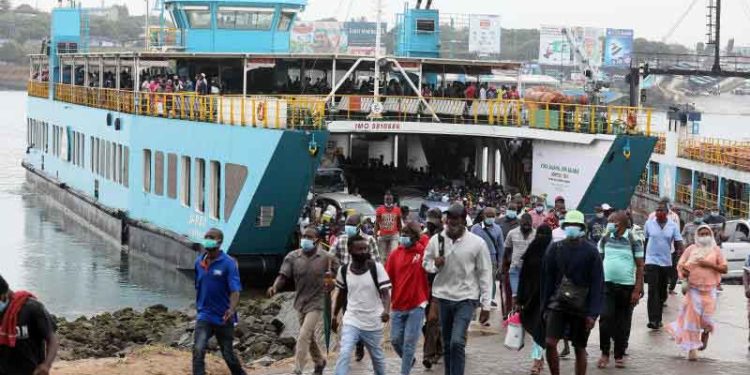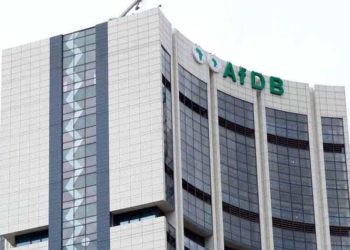The completion of two major road projects, the Dongo Kundu Bypass and the Mombasa Gate Bridge, may soon render the iconic Likoni ferries obsolete, signaling a transformative phase for Likoni, a channel served by five ferries handling over 300,000 passengers and 6,000 vehicles daily.
The KES 47 billion Mombasa Gate Bridge, a monumental undertaking, has received approval through an agreement between the Japan International Cooperation Agency (JICA) and the Kenya National Highways Authority (KeNHA).
This ambitious 1.4 km cable-powered link bridge is poised to redefine Mombasa’s skyline and revolutionize transportation within 36 months.
Kenya and Japan recently finalized a loan agreement for the KES 47 billion project, marking a significant milestone towards prompt construction initiation. Originally scheduled to commence in June 2021 with completion expected this year, compensation challenges led to delays in the project.
RELATEDPOSTS
The cable-powered bridge, designed for four traffic lanes and a midpoint height of 69 meters, aims to facilitate efficient transportation while allowing ample space for ships to pass underneath. The Likoni crossing channel, a vital transport route and tourist attraction, has faced persistent challenges like breakdowns and congestion for commuters.
The Mombasa Gate Bridge’s promise of enhanced transportation efficiency raises concerns for Likoni Ferry Services, currently operating the channel, as it may experience a decline in revenue once the bridge becomes operational. However, there are opportunities for diversification in line with the service’s national mandate.
Transport and Roads Cabinet Secretary Kipchumba Murkomen, in a recent meeting, highlighted the transformative impact the Mombasa Gate Bridge would have on the country’s economy, noting its potential as a tourist attraction.
“It will not only ease the movement of people and goods; it will also be a tourist attraction. Japan’s quality infrastructure projects align with our constitutional imperative of intergenerational equity,” added the CS.
Roads Principal Secretary Joseph Mbugua emphasized the project’s commitment to employing approximately 80,000 Kenyans and generating KES 80 million in annual revenue. He anticipates the bridge becoming an iconic landmark and a major tourist attraction as the largest stayed cable bridge in sub-Saharan Africa.
As the Likoni Channel separates Mombasa Island and Mombasa mainland south, the impending changes signal a new era in transportation and cityscape, offering enhanced efficiency and increased tourism potential. The Mombasa Gate Bridge is poised to symbolize progress, connecting history with the future.















